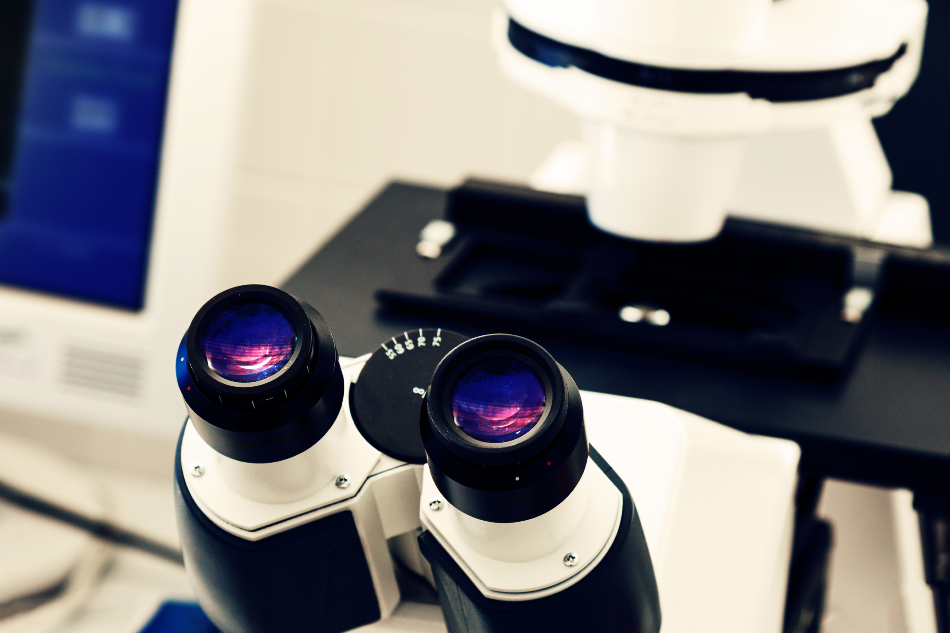Silicon Drift Detectors (SDDs) is the present status of the craftsmanship for a high goal, high tally rate X-beam spectroscopy. Current SDDs profit from a one-of-a-kind plan that empowers them to accomplish a lot better than lithium floated silicon or Si(Li) locators. In particular, they experience undeniably less electronic commotion, which is especially seen at short cresting times (for example high check rates), bigger identifier territories, and low X-beam energies. Subsequently, they have to a great extent uprooted Si(Li) identifiers and are currently utilized in enormous amounts for modern scale applications like Scanning Electron Microscopy/Energy Dispersive Spectroscopy (SEM/EDS) and Energy-Dispersive X-ray Fluorescence (EDXRF), the two of which give quicker, more precise investigation for the mining business.
SEM/EDS
Since the primary SDD-based Energy Dispersive Spectroscopy (EDS) finder was financially presented around 15 years prior, X-beam locators for EDS have gone through an influx of innovation improvements. Monetarily accessible SDD-based EDS indicators today include dynamic zones up to 150 mm2 per gadget with different finders ordinarily working pair.
EDXRF
The goal and essential reach accomplished by EDXRF analyzers rely upon the sort of indicator utilized. SDDs have become the most famous indicator in EDXRF instrumentation on account of better goals, high tally rates, and quicker outcomes than Si(Li) finders.
X-Beam Detector Fundamentals
Regular X-beam recognition gadgets comprise a functioning locale made out of completely drained, high-resistivity silicon, a front contact territory, and an assortment anode. X-beams occurring upon the front contact territory are caught up in the mass Si area and produce electron-opening sets. The amount of charged transporters created relies upon the energy of the occurrence X-beam. A pre-set-up electric field between the front contact and the anode makes these electrons and openings float along the field lines; for example at the anode. The charge gathered at the anode is then changed over to a voltage by a pre-intensifier. The greatness of this deliberate voltage relates to the energy of the identified X-beam. For an inside and out take a gander at recognition innovation, including model schematics of the gadgets related to an X-beam indicator and SDD locator configuration, just as outlines of voltage steps and related commotion.
One of the energy-dispersive X-beam locators utilized for EDS. The standard, wherein trademark X-beams entering the indicator component is changed over to electron-opening sets, is equivalent to for the Si(Li) finder. In any case, in contrast to the Si(Li)detector, electrons produced from the finder component by the episode trademark X-beams are effectively guided to a little anode at the focal point of the component by a concentric terminal design with a possible angle. This one-of-a-kind anode structure lessens capacitance, along these lines empowering high-velocity signal reaction. Hence contrasted with the Si(Li) finder, voltage beats are gathered with higher-speed, higher-signal-to-commotion proportion. Accordingly, SDD may not experience the ill effects of dull current because of warm commotion and works at around – 15 °C by Peltier cooling. SDD gives an energy goal tantamount to the Si(Li) indicator and performs X-beam examination with a high tally rate (>1 x 105 cps), which is more than one request higher than the Si(Li) finder. Since it is pointless to utilize fluid nitrogen, the finder can be minimally planned. In this way, SDD has more been utilized instead of the Si(Li) identifier.
The electric field is produced by various progressively inverted one-sided field strips covering one surface of the gadget. The radiation entrance window on the contrary side is made up of a non-organized shallow embedded intersection giving a homogeneous affectability over the entire identifier region. To exploit the little yield capacitance the front-end semiconductor of the intensifying hardware is coordinated on the finder chip and associated with the gathering anode by a short metal strip. This way the wanderer capacitance of the interconnection indicator – enhancer is limited and additionally commotion by, electric pickup and microphonic, electron microscope enable to see the impacts is immaterial. The anode is released from signal electrons in a nonstop mode. In this way, the SDD can be worked with dc-voltages just and there is no indicator dead time brought about by a timed reset system.
Conclusion
The essential type of the Silicon Drift Detector comprises a volume of completely exhausted high-resistivity silicon, in which an electric field with a solid segment corresponding to the surface drives electrons created by the ingestion of ionizing radiation towards a little estimated gathering anode. The extraordinary property of this sort of identifier is the minuscule worth of the anode capacitance, which is free of the dynamic territory. This element permits the acquisition of a higher energy goal at more limited moulding times contrasted with traditional photograph diodes and Si(Li) locators, suggesting the SDD for high tally rate applications.


